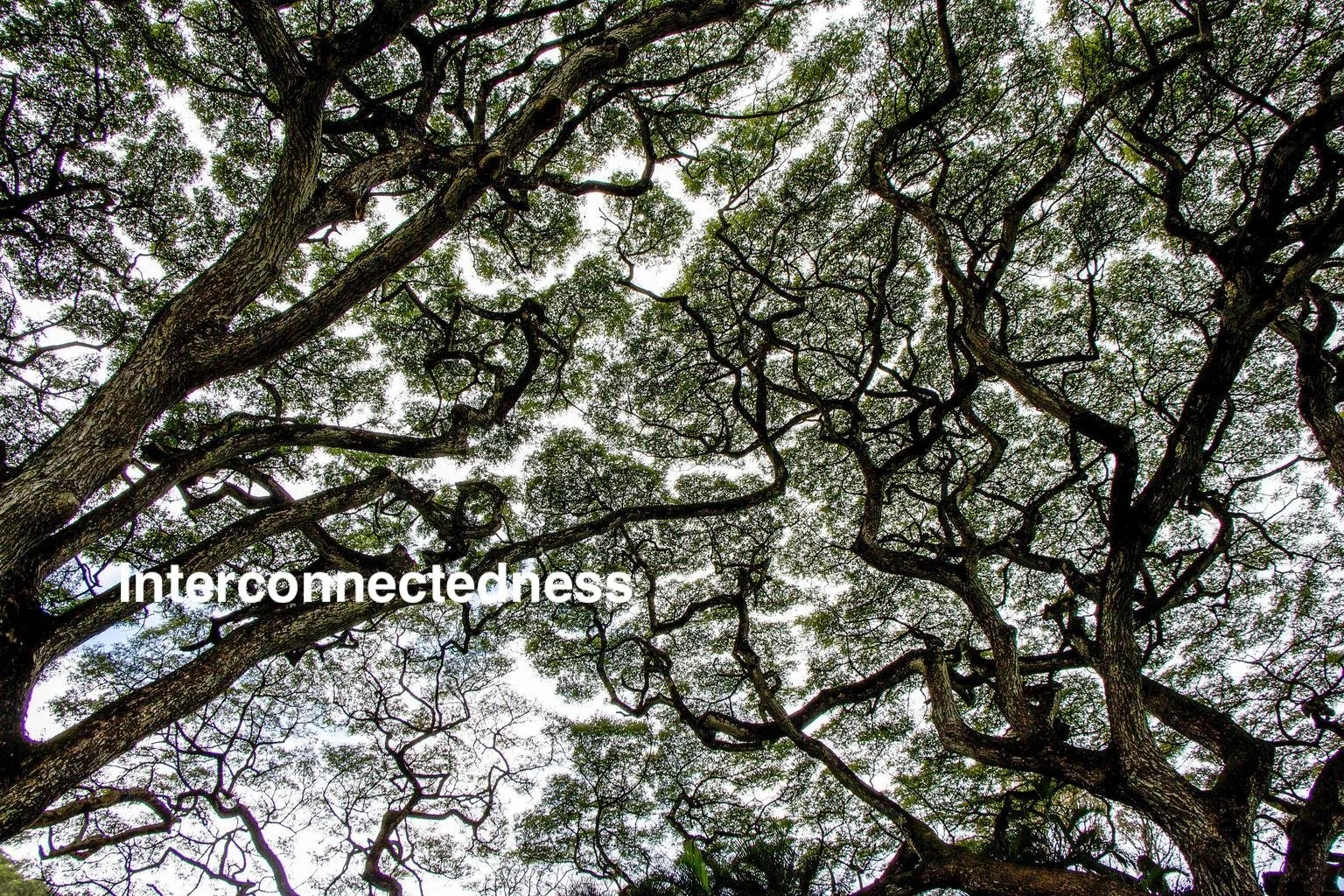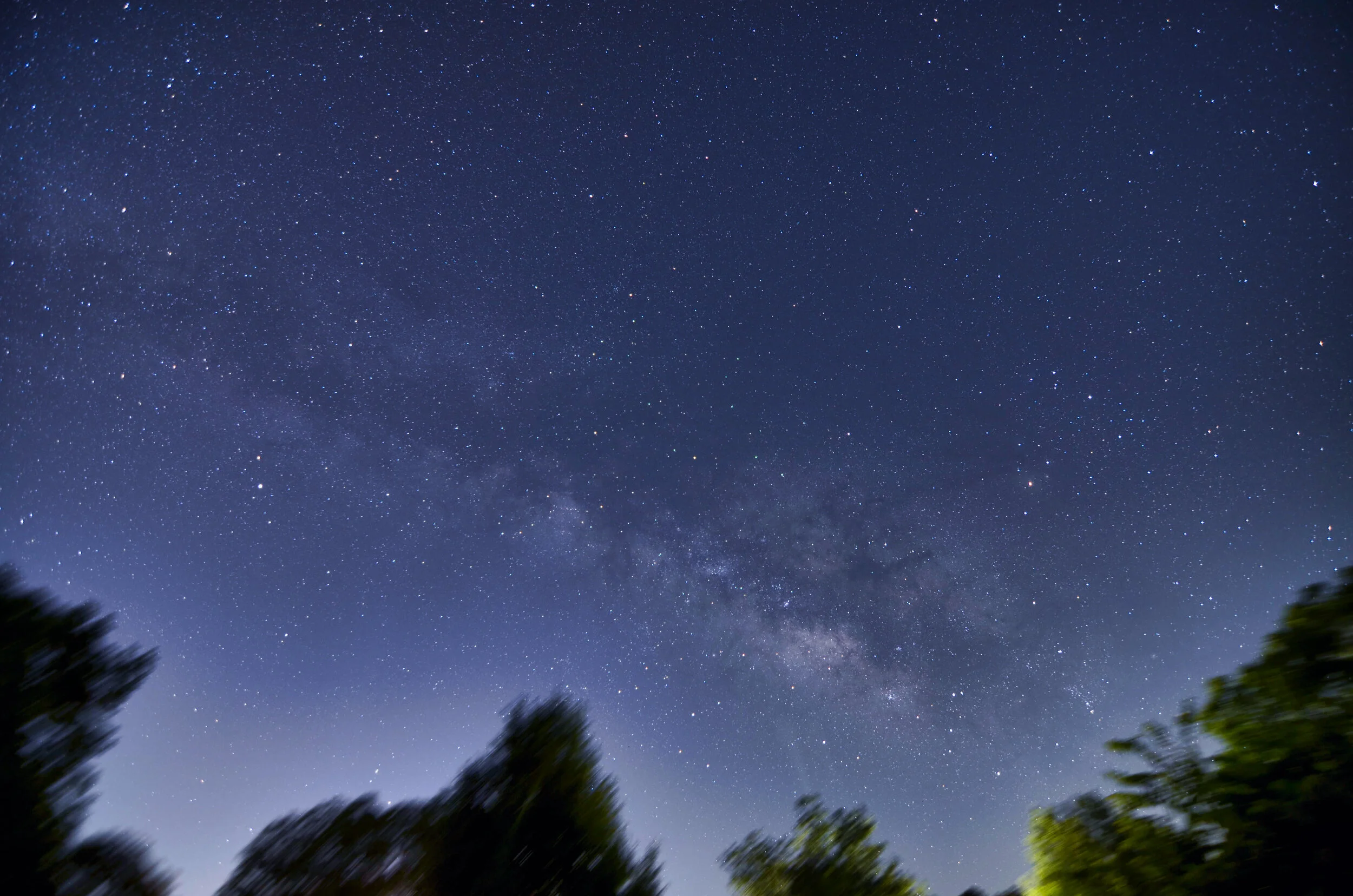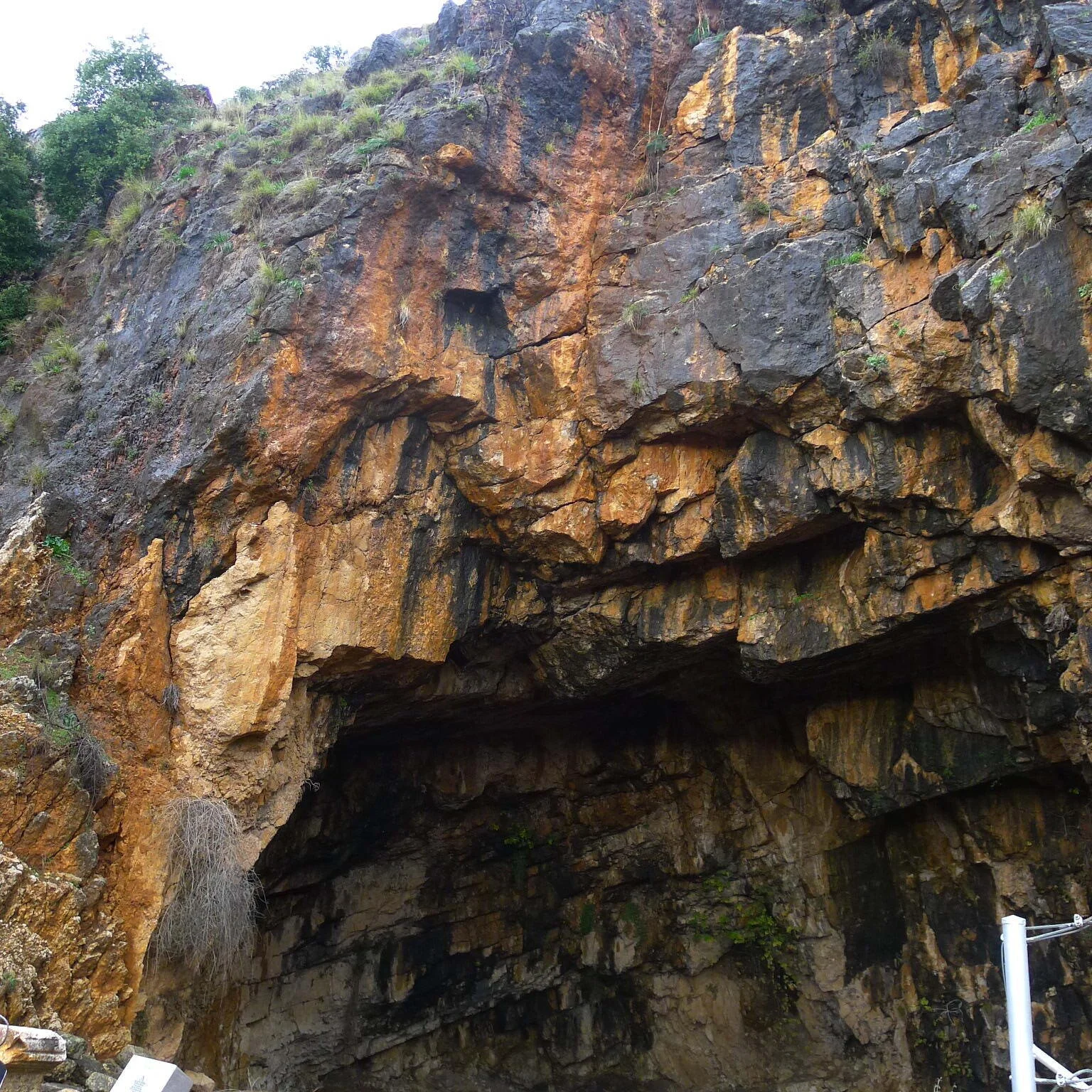Spring Equinox Edition 2021, “Interconnectedness” (Rev. Carmen Retzlaff)
It is Spring in the Northern hemisphere. This week the length of day and night are equal. Equinoxes are always times to consider balance in our lives and our world. They are also symbolic of a pause before the next season. In the North, we tip toward the sun, and days begin to lengthen. In the South, the tilt is away from the sunlight, toward Winter.
Our theme for this Spring Equinox issue is “Interconnectedness.” When we settled on this theme, I thought immediately of science author Lewis Thomas. Dr. Thomas wrote essays on biology in the New England Journal of Medicine in the 1970s, some of which were collected into his book The Lives of a Cell. When I was in high school, a chemistry teacher gave me this book. Lewis wrote in a time of a larger science vs. religion divide than exists today, and I’m sure he would not have thought of his writing as spiritual in nature. But his essays were spiritual to me: they probed the existential questions of a young adult interested in science and in the human place in the universe. In The Lives of a Cell, I encountered eloquent wondering about and fascination with the almost-independent entities (like mitochondria and others) that live inside our bodies, our cells. In his subsequent collection, The Medusa and the Snail, Thomas continued this theme of interconnectedness - with microorganisms, with other creatures, with musings on space exploration. Here is an excerpt, about ants, from an essay titled “The Tucson Zoo”:
Everyone says, stay away from ants. They have no lessons for us; they are crazy little instruments, inhuman, lacking souls. When they are massed together, all touching, exchanging bits of information held in their jaws like memoranda, they become a single animal. Look out for that. It is a debasement, a lack of individuality, a violation of human nature, an unnatural act.
Sometimes people argue this point of view seriously and with deep thought. Be individuals, solitary and selfish, is the message. Altruism, a jargon word for what used to be called love, is worse than weakness, it is sin, a violation of nature. Be separate. Do not be a social animal. But this is a hard argument to make convincingly when you have to depend on language to make it.
…Maybe altruism is our most primitive attribute, out of reach, out of our control. Or perhaps it is immediately at hand, waiting to be released, disguised now, in our civilization, as affection or friendship or attachment. I don’t see why it should be unreasonable for all human beings to have strands of DNA all coiled up in chromosomes, coding out instincts for usefulness and helpfulness. Usefulness may turn out to be the hardest test of fitness for survival, more important than aggression, more effective, in the long run, than grabbiness. If this is the sort of information biological science holds for the future, applying to us as well as to ants, then I am all for science.
One thing I’d like to know most of all: when those ants have made the Hill, and are all there, touching and exchanging, and the whole mass begins to behave like a single huge creature, and thinks, what on earth is that thought? And while you’re at it, I’d like to know a second thing: when it happens, does any single ant know about it? Does his hair stand on end?
(The Medusa and the Snail: More Notes of a Biology Watcher, Lewis Thomas, 1974, Viking Press, New York, pp. 8-9.)
This may be what science will explore in the future, and it is surely part of what faith has explored from the dawn of human life: how we are connected to each other, to the whole creation, and to what is beyond this earthly home of ours, and beyond what we can imagine or comprehend? Are we as a species thinking a thought about our connections and interactions with all of the parts of this biosphere?
Bushy Bluestem - native to Texas Hill Country - Photo: Carmen Retzlaff
In this issue of All Creation,
Dr. Yetkin Yildirim looks at the profound poetry of Rumi as well as current scholarship in Islam for threads of this connection —between us and God, between each other, and our inextricable communion with nature.
An essay from Wisdom in Nature continues this theme of interconnectedness with nature in Islam; Rev. Sarah Locke explores it in Lutheran Christianity; and Jared Michaels offers a Buddhist lens on action for the environment.
Author Gayle Boss uses her gift to connect us to the other-than-human world: We have the gift of an excerpt from her book Wild Hope. Her Lenten season reflections on endangered animals and our hope to save them gives a larger dimension to a time when many Christians practice quiet reflection and discipline.
Rev. Dr. Victoria Marie writes about creativity, environmental activism and our connection with other creatures and life. Vulpes Virya is a pseudonym for a Buddhist activist, who discusses a connection between dharma teachings and frontline activism.
Rev. Vivian Seegers brings an important indigenous perspective on our severed connection to the land.
When I thought of this theme of interconnectedness, I thought of soil, of earth: the microscopic ways that all life touches through the ground on which we walk, from which plants spring forth. We also have in this issue two interviews with people who think about soil: BioIntegrity Executive Director Chris Searles interviews Rev. Ragan Sutterfield on “humus and humanity,” and author Paul Bogard on his book, The Ground Beneath Us. With these interviews we also launch our new All Creation podcast.
The not-for-profit agency Plant With Purpose holds to a fundamental belief in the connection between poverty, environmental degradation, community disempowerment, and human spiritual longing. They offer an example of that interconnectedness in a video from the Dominican Republic.
Professor Jonathan Schorsch introduces the wonderful concept of a Green Sabbath, a modern environmental take on the ancient Jewish concept of sabbath, also included in the precepts of the other Abrahamic faiths.
I have included the text of a sermon I recently gave at Taos United Community Church on our ancient and ongoing connection with mountains and rivers and creation.
Here is the lineup for this quarterly issue of AllCreation.org. We are all connected to one another, to the earth and to the Divine.
Peace, Rev. Carmen Retzlaff, Guest Editor, AllCreation.org
INTERCONNECTEDNESS
Intro: Interconnectedness - Spring Equinox Edition - Rev. Carmen Retzlaff
Feature: “Interconnectedness: Rumi and Islam”- Dr. Yetkin Yildirim
“Art & Climate Justice” + Vancouver Island Marmot painting - Rev. Dr. Victoria Marie
Video: “Freedom of a Christian” - Rev. Sarah Locke, from Lutherans Restoring Creation
“Dharma Warrior Training: Practice at the Frontlines” - Vulpes Virya, from XR Buddhists
“Ecology and Interconnectedness” - excerpted from Wisdom In Nature







